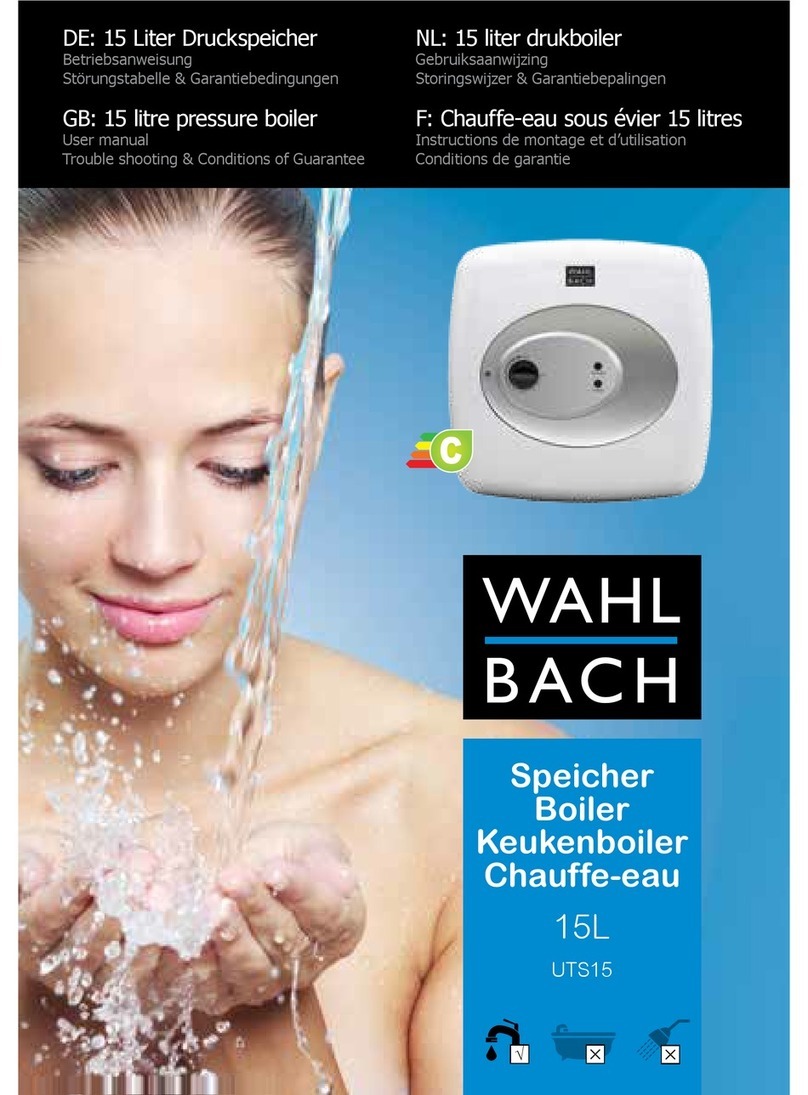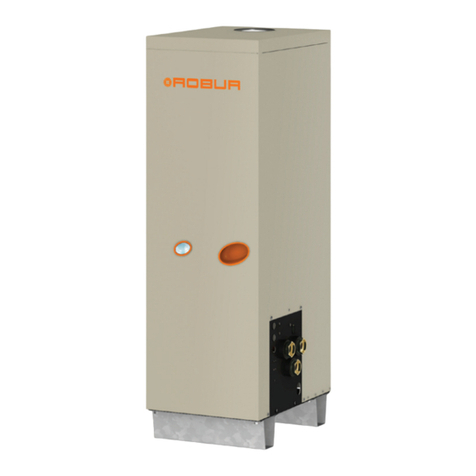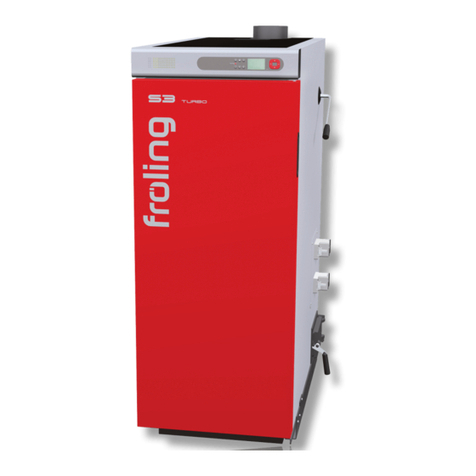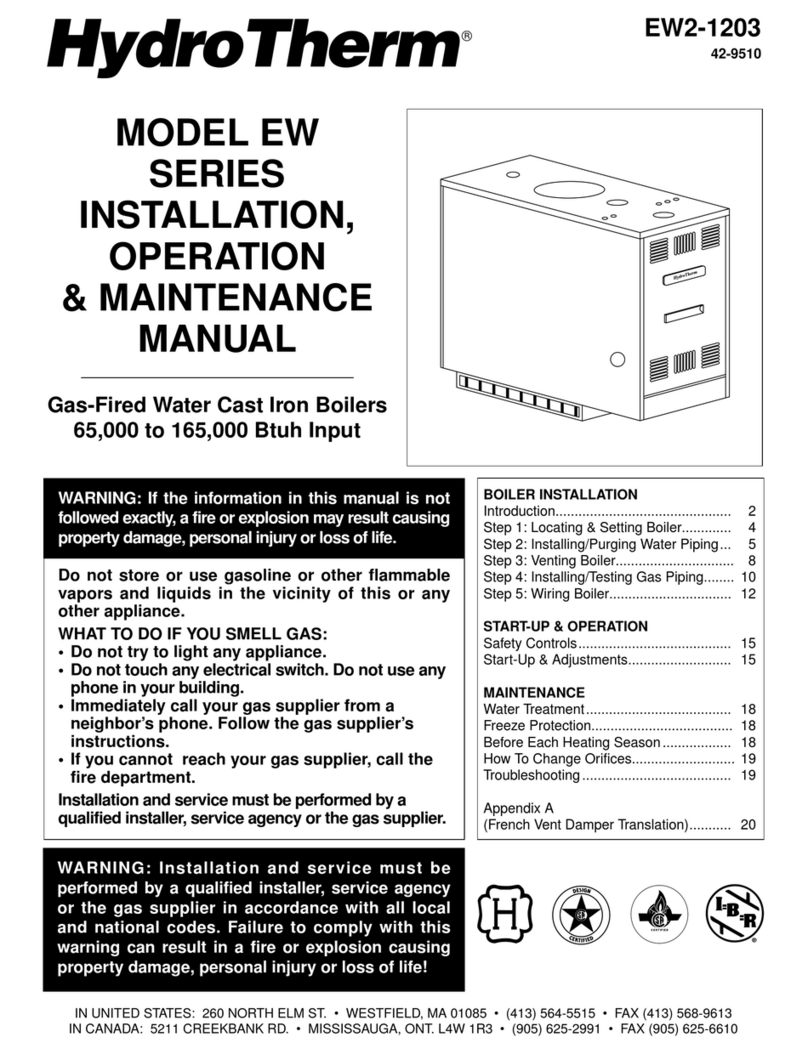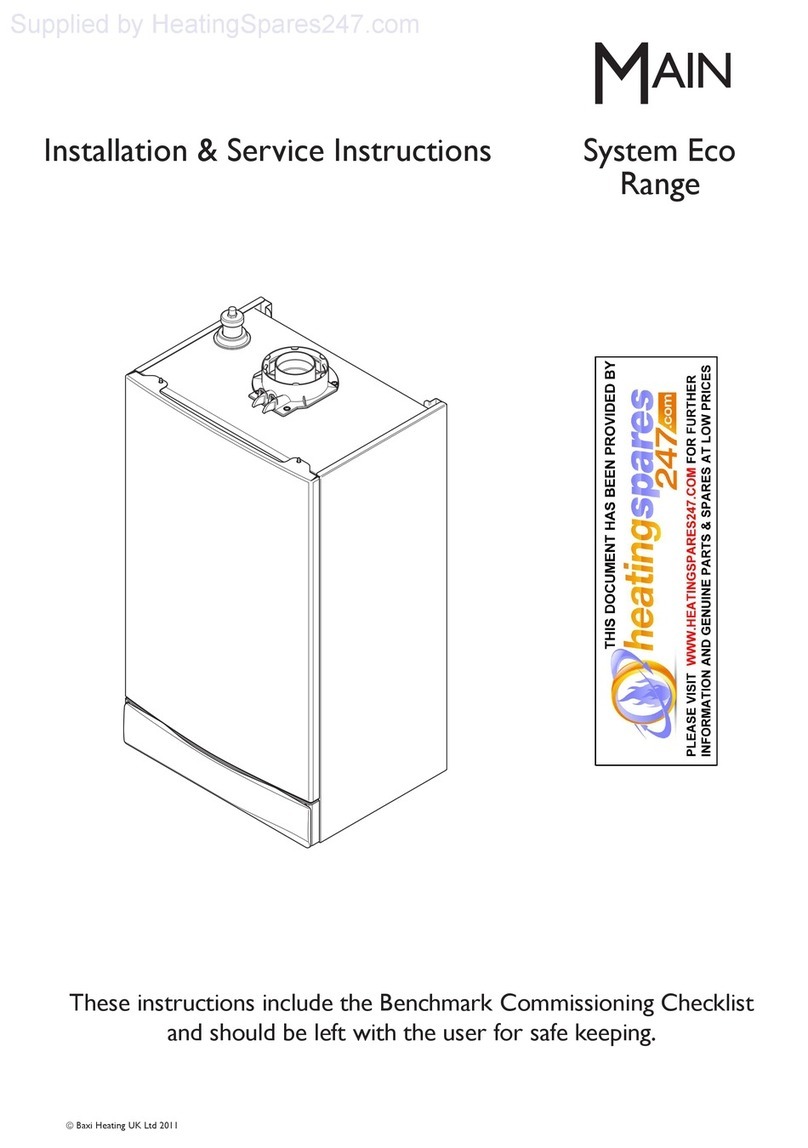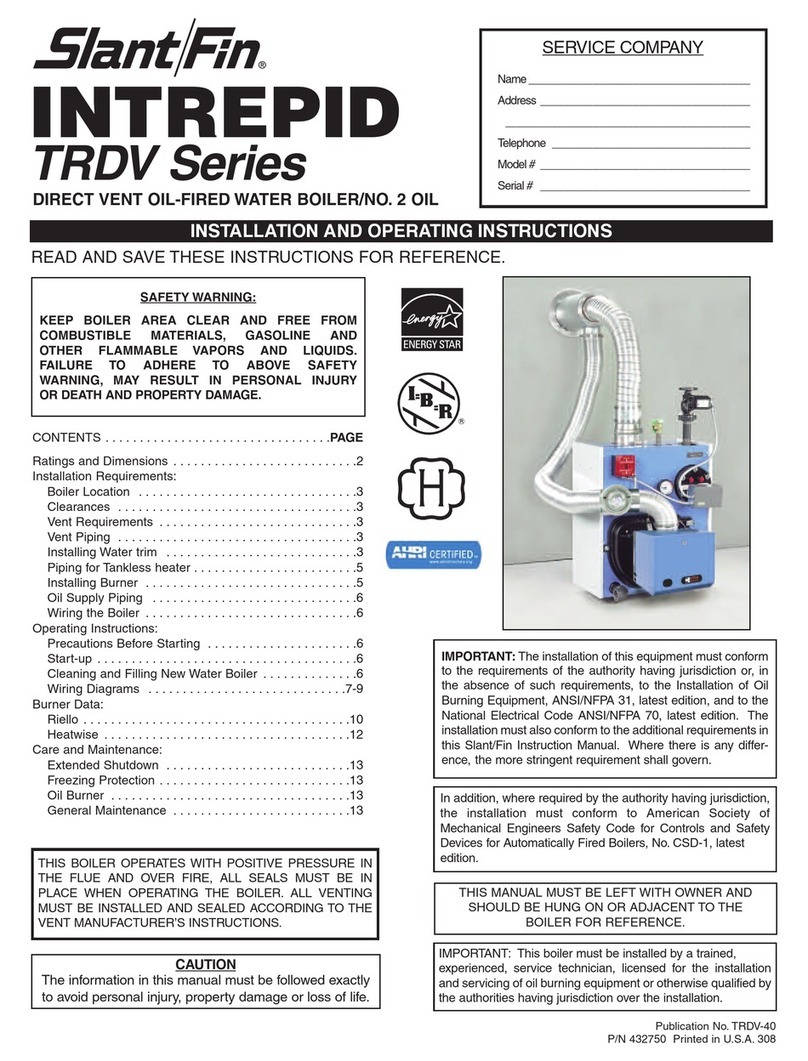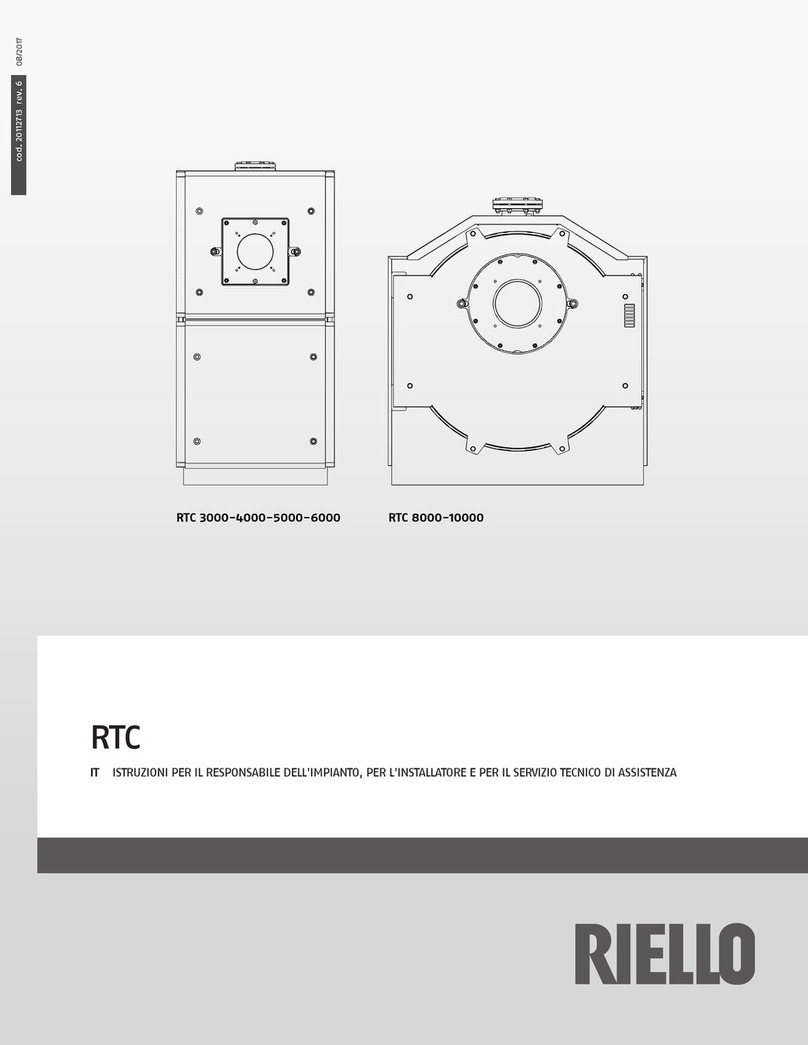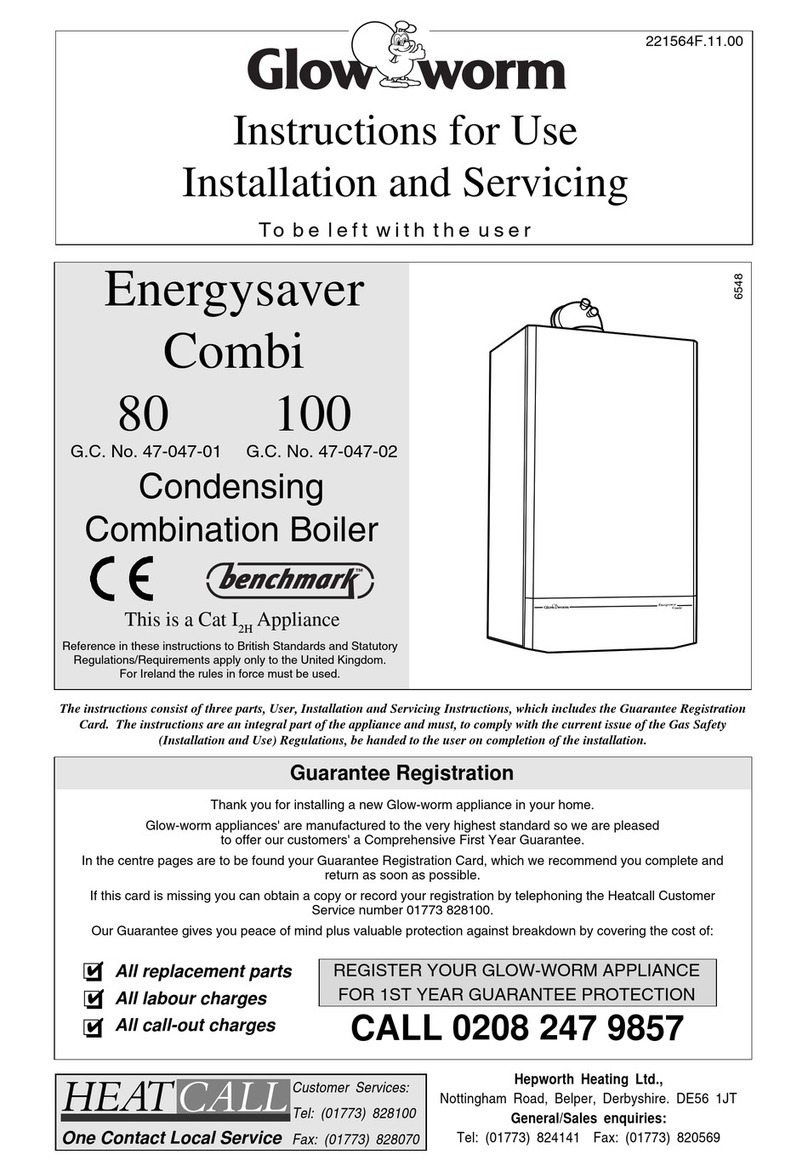The heating system must be designed in
such a way that hot water can circulate all the
time through at least some of the radiators.
Antifreeze fluids – because of their unsuitable
properties, we do not recommend to use
them. They have a reduced ability to transfer
heat, have large volumetric expansion, age
and damage rubber components. If under
concrete circumstances there is no other
option how to reliable prevent.
Before final installation, the heating system
distribution piping must be flushed several
times with pressurised water. In old, already
used system, the flushing must be done in
opposite direction to the hot water circulation.
In new systems, all radiators must be cleaned
from conservation material. And rinsed with
warm water under pressure.
We recommend installing a sludge trap
upstream of the boiler (i.e. on hot water
return pipe). The sludge trap design should
allow emptying in regular intervals, without
the need to drain a lot of hot water. The
sludge trap may be combined with a filter;
however, a filter alone will not provide an
adequate protection.
Please note
•System must be connected to open
expansion tank for safety reasons.
•Any valve must not be connected to safety
input and safety output lines.
•For increasing safety of the system, by-
pass line must be installed on the line
between input and output of circulation
pumps, as shown in diagrams.
•By-Pass line's valve must be kept closed
as the boiler is working normally.
•By-Pass line's valve can be used in
electricity problems and must be opened if
there is a risk of overheating in system
water caused by an electricity cut or
problem.
•The pipe used in by-pass line must be at
least in the diameter of plumbing systems
pipe.
•UPS (Power Supply Units) can be used for
preventing electricity problems.
•Any problems (malfunctions) caused by
boiler clogging with dirt from the heating
system and/or malfunctions induced by
clogging, are not covered by the boiler
warranty.
•The filter as well as the sludge trap must be
checked and cleaned regularly.
Heating water requirements
Heating water requirements are specified in
EN Standards. When the sum of
concentrations of calcium and magnesium in
the water exceeds 1,8 mmol/L, additional
non - chemical treatments preventing lime
deposition must be considered (e.g. Magnetic
or electrostatic field treatment).
Boiler location
ARTA boilers can be located both on non-
habitable premises (e.g. in boiler room, cellar,
corridor…) and in habitable rooms. The room
in which the boiler is located must have a
permanent supply of air necessary for the
combustion process. The air must be free of
halogen hydrocarbons and corrosive vapours,
and must not be excessively humid and dusty.
The room must be protected against frost, with
ambient temperature within the range +5 °C
to +35 °C and relative humidity not exceeding
% 80.
To comply with fire regulations, the boiler must
be installed:
•On floor constructed of non-flammable
material.





















